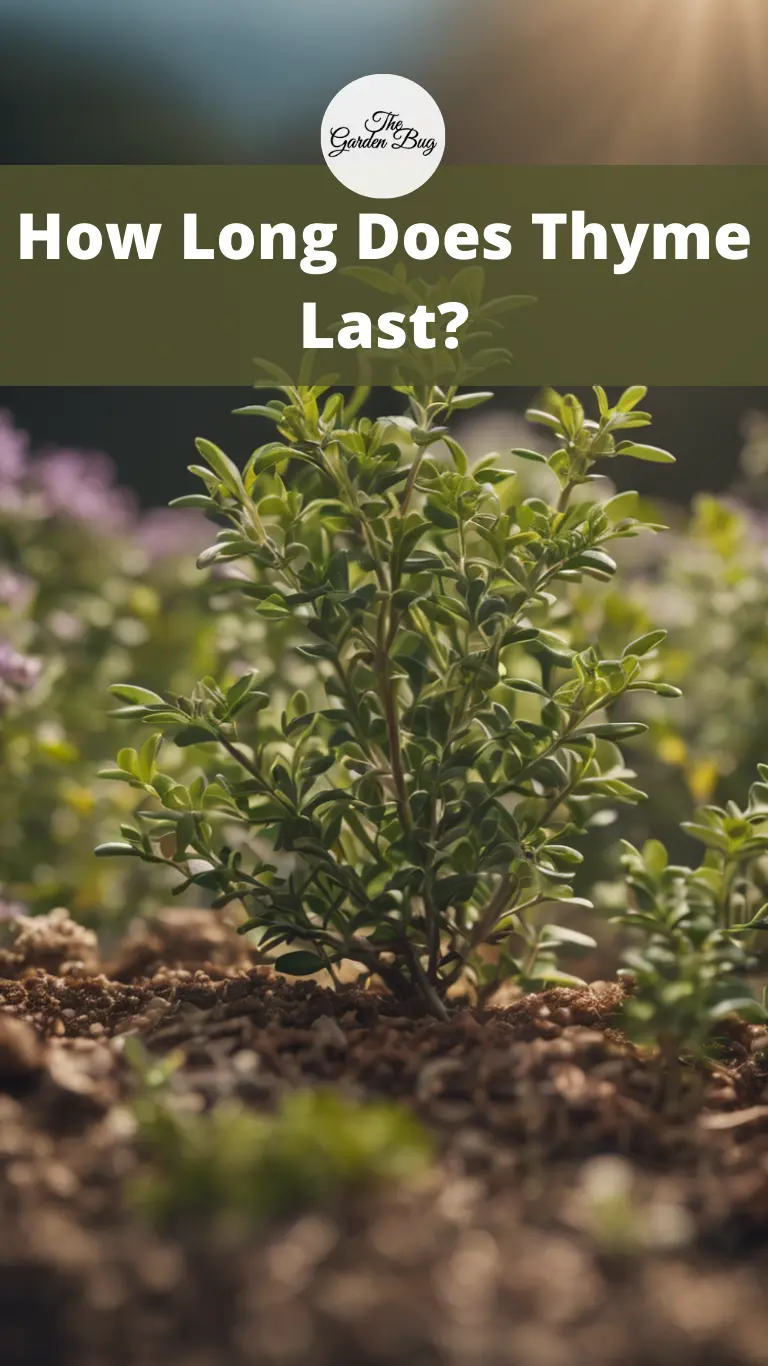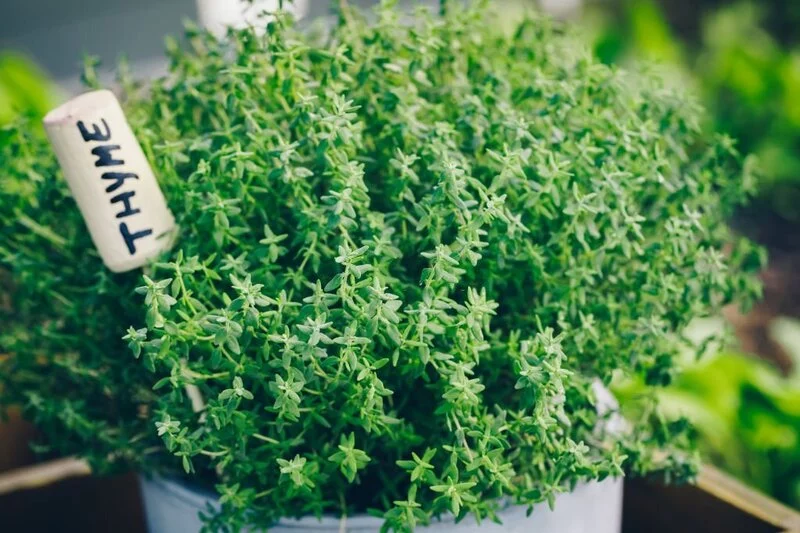Our topic today is thyme, a delightfully useful plant that you might already have in your pantry or garden. The small, fragrant blossoms, pleasant flavor, and adaptability in the kitchen make this aromatic plant a fan favorite. However, have you ever questioned how long your thyme will remain fresh? Let us help you figure out the answer!
Understanding Thyme
Thyme, a perennial plant, is commonly used because of its durability and versatility. Thyme’s small, fragrant leaves are a favorite among chefs because of the powerful flavor they bring to recipes. It belongs to the mint family and includes many species, each of which has its own distinctive flavor. However, whether you’re using fresh thyme from the garden or dried thyme from the shop, it’s crucial to know how long thyme lasts to get the most out of its flavor and perfume. Come explore the world of thyme with us and find out all there is to know about its history and future!
Shelf Life of Fresh Thyme
Let’s talk about fresh thyme, shall we? Freshly harvested or store-bought, its delicate aroma and flavor can really elevate your meals. But fresh thyme, like other fresh herbs, has a certain life expectancy. On average, when properly stored in the refrigerator, fresh thyme can last between 1-2 weeks. However, the clock starts ticking as soon as it’s cut from the plant, so it’s always best to use it as soon as possible for the best taste.
Shelf Life of Dried Thyme
On the other hand, dried thyme offers a much longer shelf life! This is because the drying process removes the moisture, making the thyme leaves less prone to spoilage. If stored correctly in an airtight container and kept in a cool, dark place, dried thyme can last between 1-3 years. But, remember, while dried thyme lasts longer, it’s flavor is a bit different and less potent than fresh thyme. Therefore, you may need to use more of it to achieve the same flavor punch in your dishes.
Storing Thyme to Maximize Its Lifespan
If you want your thyme to stay fresh and fragrant for longer, you have to store it right. For fresh thyme, you can loosely wrap it in a damp paper towel and then put it in a plastic bag in the refrigerator. The cold will slow down the spoilage process and the paper towel will keep the right moisture level, keeping your thyme fresh. As for dried thyme, just remember to store it in a cool, dark place in an airtight container. This way, it won’t lose its flavor too quickly.
Signs Your Thyme Has Gone Bad
So how do you know when it’s time to say goodbye to your thyme? Fresh thyme will start to wilt and its vibrant green color will start to fade. Also, if you notice a strange or off smell, it’s probably past its prime. Dried thyme, on the other hand, can lose its aroma and taste over time. So, give it a sniff. If it doesn’t smell of anything, it’s probably time to replace it.
Conclusion
There you have it, the lifespan of thyme in a nutshell. Whether fresh or dried, proper storage is the key to maximizing its longevity. Always be sure to check your thyme for signs of spoilage and remember, when in doubt, trust your senses. After all, fresh and flavorful herbs are one of the secrets to creating delicious meals! Happy cooking!



